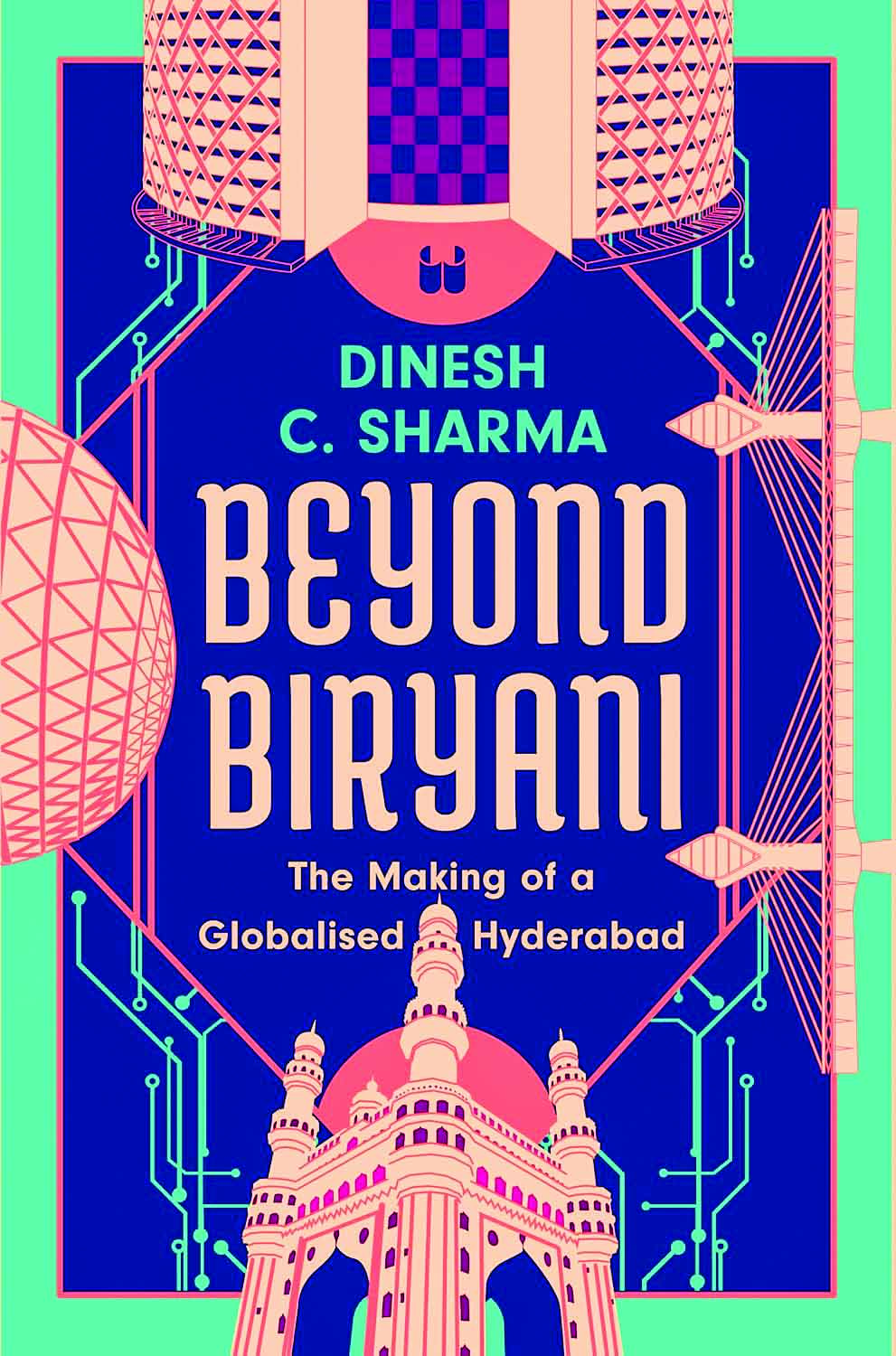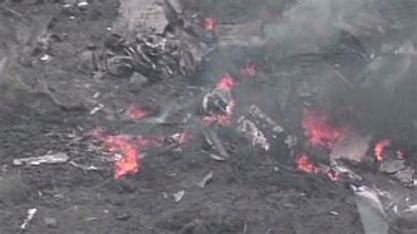When the improvement schemes now suggested are carried out and the city equips herself with clean houses, flush-down lavatories, dustless roads, paved footpaths, wider bridges and a plentiful supply of open spaces, parks and gardens and public monuments, she will be able to hold her head high among her sister cities in India … (if) the remodelling and modernization will proceed apace, and Hyderabad of the future will become a beautiful, healthy and efficient city.
—M. Visvesvaraya,
on his vision of a future Hyderabad, 19301
RIVER MUSI IS BARELY NOTICEABLE IN MODERN-DAY Hyderabad. There is little water running through it and construction has taken over much of the riverside. The floodplains have been encroached upon, and untreated waste flows into the river at many points. Its bridges, both old and new, are no longer the architectural marvels they once were but are now sites of traffic jams.
During the monsoons, the river periodically comes up in public discourse when rising water levels can lead to local flooding, as had happened in October 2020, July 2022 and July 2023. Yet, the story of Hyderabad remains inextricably linked with the fortunes of this river, particularly with the 1908 flood and its aftermath.
Today, River Musi is a pale shadow of its past. At the beginning of the twentieth century, it flowed through the middle of the city, bisecting it. On its south bank was the walled city housing the palaces of the Nizam as well as residences of principal nobles, while on the north bank was the British enclave with the imposing Residency building, British administrative offices and the Residency Bazaar surrounding it. A few miles away further north was the cantonment in Secunderabad. Between the Residency and the cantonment was the sparsely inhabited Chaderghat suburb. The total population of Hyderabad and the suburb was less than half a million at the beginning of the twentieth century. The 1908 flood changed the urban geography, the centre of political power and the face of the city for ever.
It was not uncommon for River Musi to be in flood, but the most devastating of floods occurred on 28 September 1908. The river originates in the Anantagiri Hills, flows eastwards to pass through the city and then moves into Nalgonda where it joins River Krishna. River Musi has its tributary, Isi or Esi, which is near the Golconda Fort. On the fateful night, the water level rose so dramatically that it submerged the high arches of the Purana Pul and washed away a part of the Afzal Gunj bridge (Naya Pul). The south bank of the river had been artificially raised to prevent flooding while the north bank was generally low-lying. This resulted in the inundation of several areas on the north bank—Begum Bazaar, Kolsawadi, Dhoolpet, Dal Mandi, Chudi Bazaar, Osman Shahi, Muktair Pura and so on. Among the south bank areas that were affected were Char Mahal, Petla Burj, Ghasimiya Bazaar, Mehboob Shahi, Anjeer Bagh and so on.
Hundreds of houses either collapsed or got damaged, and thousands of people were swept away by the gushing waters or got buried under collapsing structures. Some two thousand people were washed away in Kolsawadi alone. Water also breached the Residency
area. All one could see on either side of the river were ‘fallen houses,
collapsed roofs, bare walls and a tangled mass of trees, logs, rafters and shrubbery’ while human corpses and carcasses of animals were strewn everywhere.People climbed atop trees and high buildings to save themselves. One such tree still stands in Kolsawadi with a plaque commemorating its life-saving role. Boats were requisitioned from the Boat Club and rafts were made by fastening empty cans to cots.
Mir Mahbub Ali Khan (Mahbub Pasha), who was the reigning Nizam at that time, supervised rescue and relief operations. The acting British Resident Michael O’Dwyer—who was later to gain notoriety for endorsing the Jallianwala Bagh massacre as the governor of Punjab—sought an audience with the Nizam to offer help. Religious saints and astrologers were consulted. Mahbub Pasha was known to patronise many of them, providing monthly bursaries and supporting the performance of religious rituals of Hindu priests.
According to one account, a word was sent to a priest-astrologer, Jhoomar Lal Tiwari, on how to ‘tame’ the river in this hour of calamity. Tiwari advised the Nizam to appease Muchkunda (another name for Musi) which, according to Hindu beliefs, is an incarnation of the goddess Bhawani.A Marwari priest who had migrated from Kuchera ( Jodhpur State) to Hyderabad around 1875, Tiwari lived in a haveli of a banker-merchant in Mahbub Ganj, the grain market named after the Nizam.
The river banks had religious and spiritual connections for both Hindus and Muslims. They were dotted with temples, maths, mosques, mazaars and cremation grounds. Many turned to prayers after the flood because they believed it was an ‘act of god’. Mahbub Pasha, eager to alleviate the sufferings of his people, heeded the advice of the Hindu priest and reached the banks of the swollen river near the Purana Pul to perform the puja. He entered the river waters and worshipped the ‘angry goddess’, pleading with her with folded hands to retreat. A golden tray was prepared with ‘a sari, pearls, yellow rice, condiments, red kumkum powder, two coconuts encased in gold and silver and a small oil lamp’ for the special prayers. According to several accounts, the floodwater began to recede after the Nizam made the offering to the river goddess.
The flood may have been an act of god, as believed by people in Hyderabad, or a combined effect of meteorological and hydrological factors, but the story of a Muslim ruler following the Hindu tradition of worshipping a holy river has remained ingrained in the collective memory of generations of Hyderabadis. It is an eloquent expression of syncretic culture—often called the Ganga–Jamuni tehzeeb—which is considered the soul of Hyderabad.
The episode is cited as an example of goodwill between the Hindus and Muslims prevailing in Hyderabad over centuries, in general, and during the rule of Mahbub Pasha, in particular.
An emergency meeting of high officials was convened on 29 September by Faridoon Jung Bahadur, the Nizam’s political secretary, at his palace in Saifabad. In attendance were Akbar Hydari, Maj. Mahir-ud-Dowla Bahadur, Fazil Mooraj, Aziz Mirza, Sohrabji Jamsehdji and Col. Shore who was deputed by O’Dwyer. Since the flood had caused damage to Afzal Gunj Hospital, medical relief was organised at Public Gardens for men and at Fateh Maidan Pavilion for women.
Kitchen committees were formed to set up separate community kitchens for Mohammedans and Hindus, and given a budget of Rs 5,000 each.8 The Military Secretary and City Kotwal were told to make arrangements for the removal of corpses from the debris and to shift the injured to hospitals.
Col. Shore was tasked with arranging the distribution of ‘quinine pills of five grains each’ through the city police. A Ladies’ Committee was constituted to provide relief to distressed pardanashin (veiled) women, with Ameena Hydari as secretary and Sarojini Naidu as joint secretary.9
Along with relief operations, the administration moved swiftly to plan the reconstruction of the flood-ravaged city and take long-term measures on scientific lines for protection from future floods. The Finance department decided to ‘obtain the services of a competent engineer either in India or in England’ for this purpose.10 George Casson Walker, a British civil servant heading the Finance department, was proceeding to England on leave. Walker, along with his deputy Akbar Hydari, began scouting for an engineer suitable







